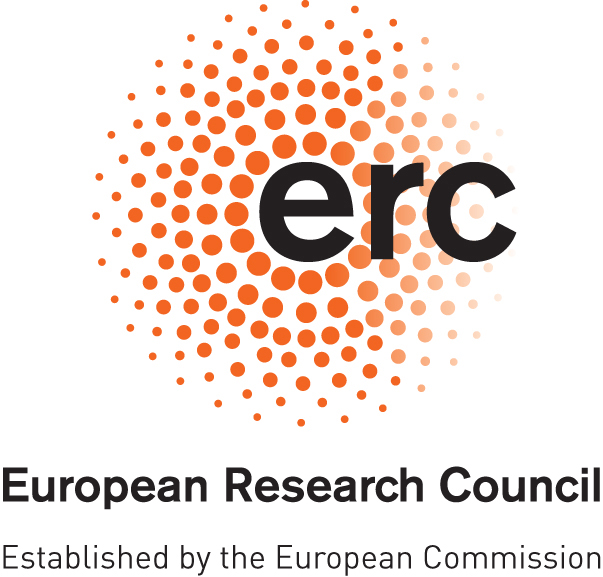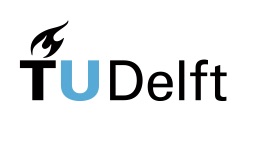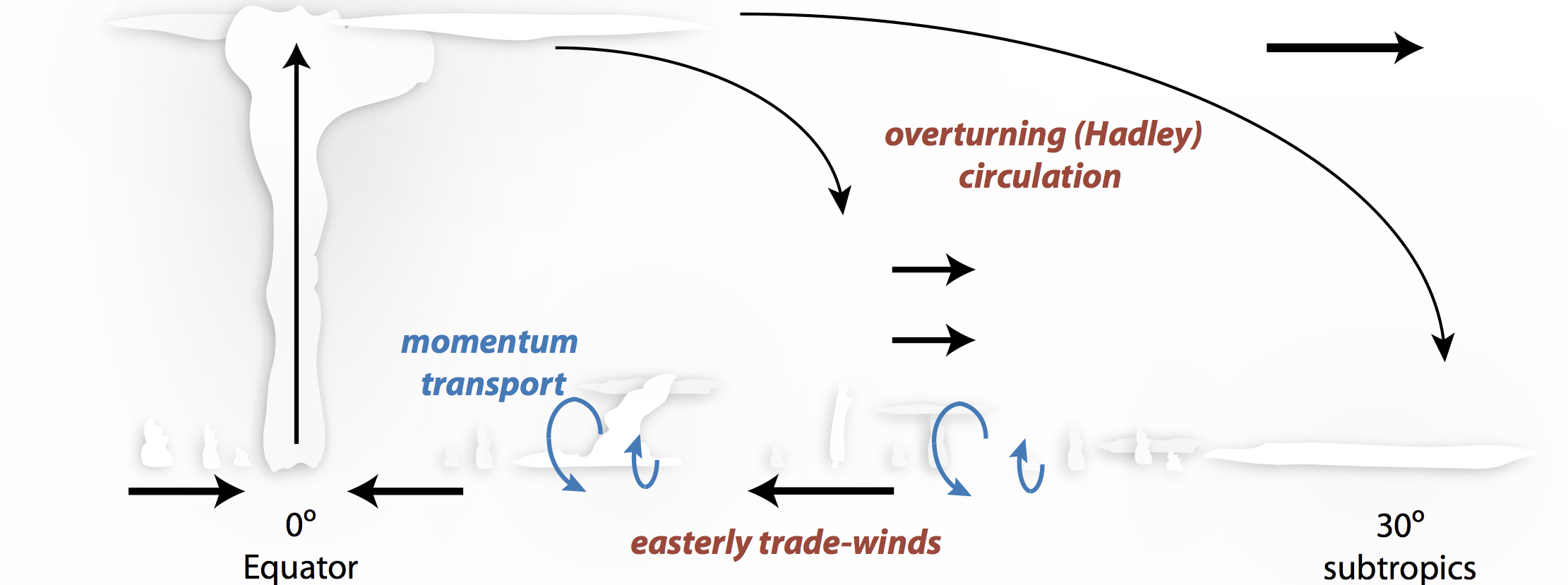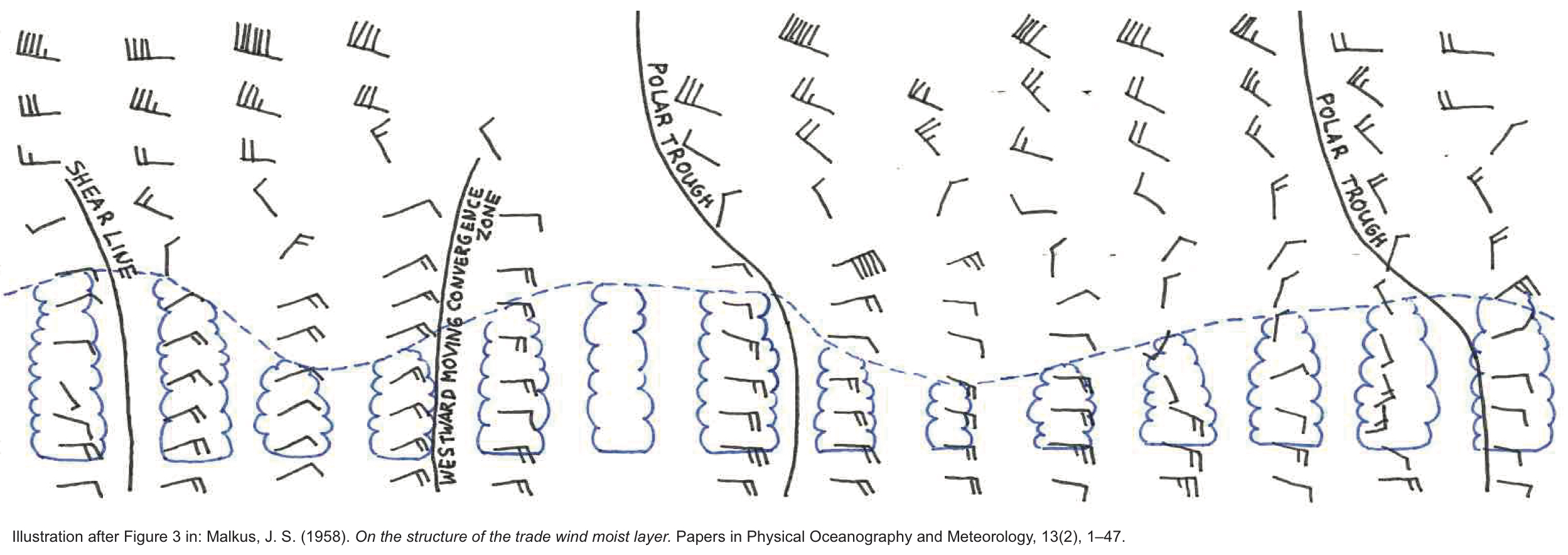CloudBrake, funded by the ERC, strives to expose the coupling of clouds and the vertical structure of wind, thereby aiding development of parameterizations for improved numerical weather prediction, climate modeling, and wind energy design.
To study the causality behind relationships between clouds and wind in tropical and midlatitude weather systems, CloudBrake combines high-resolution modeling with the analysis of measurements from ground and from aircraft. New lidar techniques aboard aircraft are exploited to collect high-resolution wind profiles and turbulence data, and to validate low-level winds measured by the wind lidar aboard ESA's Aeolus satellite, launched in 2018. By combining Aeolus data with space-borne remote sensing of clouds and rain, we can trace evidence of a coupling between winds and clouds on global scales. New insights obtained by CloudBrake will be used to constrain models of momentum transport by shallow convection, and the impact of momentum transport on circulations will be tested in a general circulation model. Read more about the research strategy and the scientific background below.




